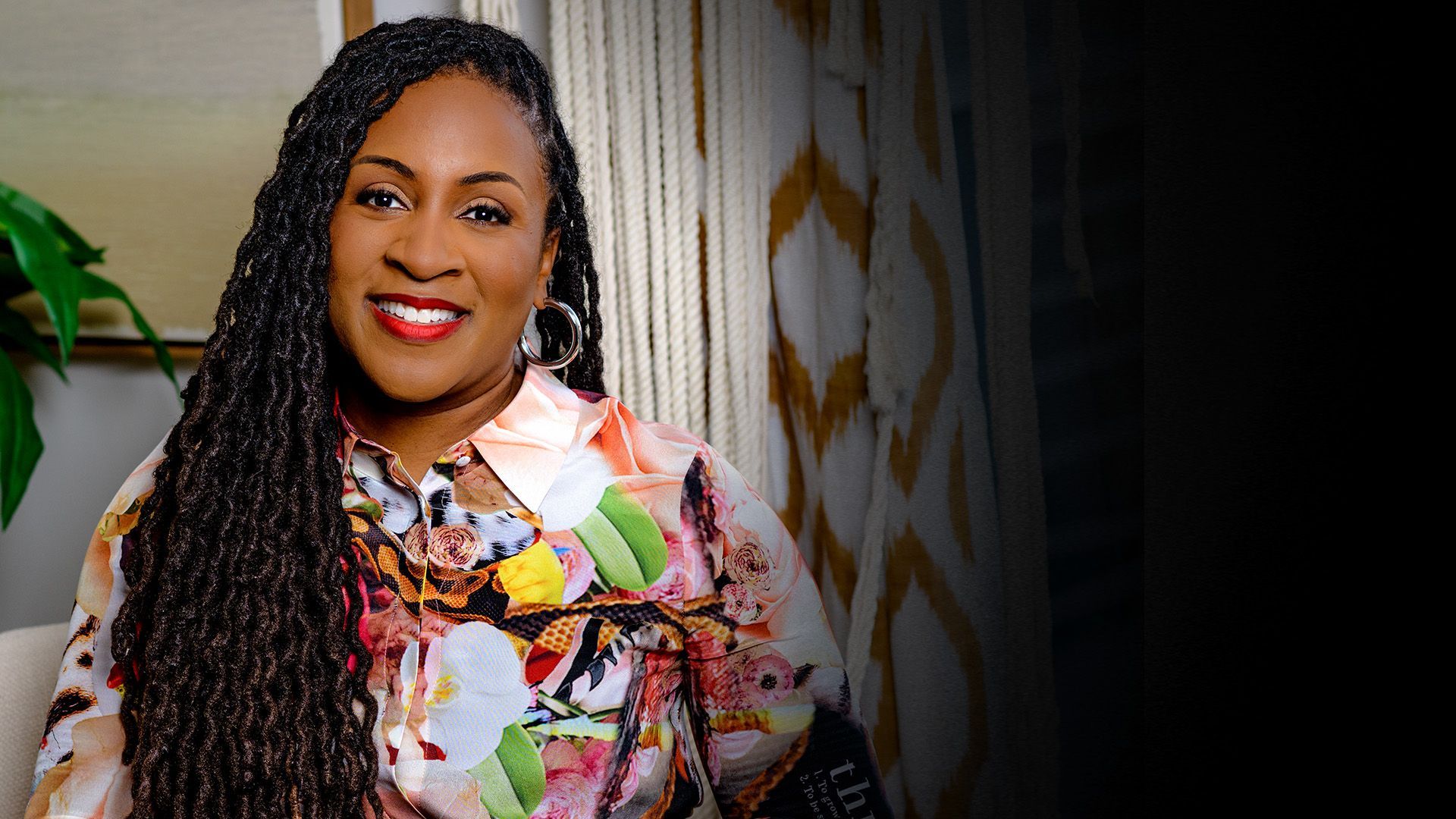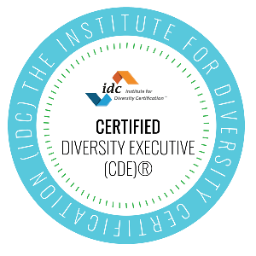5 Ways Small Companies Can Think Big About Affinity Groups
Affinity groups can be a great tool for diversity and inclusion (D&I), but what if your organization is too small to support a group just for women, Hispanics, or some other demographic not widely represented in the company? That doesn’t have to be the end of the conversation. With some creative thinking and the adoption of a few best practices from large companies, you can develop affinity groups that support minority populations and improve the entire organization.
Turn Up Your Megaphone
Looking back at last month’s nationwide Women’s Marches , held a year to the day after the first such event that drew 4.2 million for the largest single-day demonstration in U.S. history , it’s interesting to note how diversity issues cropped up even there – again. Although women and allies turned out by the hundreds of thousands, there was the lingering criticism that the event excluded the voices of women of color, transgender women, and anti-abortion feminists .
Some feel the messaging failed to account for intersectionality , the notion that people have multifaceted identities and face issues of marginalization that cut across those identities. As intersectionality gains more recognition in D&I work , it introduces new perspectives that are advantageous to small organizations building affinity groups.
Redefine Your Group
For small organizations, it might not make sense to have narrowly focused groups. Instead, affinity groups can be created to broadly address exclusion and the reduced opportunities that multiple minority groups experience compared to their majority-group counterparts. Not only does this tactic make practical sense, but it can also help acknowledge the role of intersectionality in diversity and inclusion. Rather than groups for a particular race, consider starting a multicultural professionals group.
Similarly, a multigenerational group can address the needs of the youngest and oldest employees, who often find themselves facing discrimination .
Find a Buddy Organization
If your organization doesn’t have enough people to warrant developing a formal affinity group, try looking outside its doors. One success tip I’ve shared with groups such as chamber organizations is to identify other small organizations with which to form groups. Two or more organizations can join forces to improve equity for key demographics, or smaller organizations can partner with larger ones whose established affinity groups are already making strides.
Involve Key Leaders
Executive sponsorship and involvement is crucial for the sustainability and effectiveness of affinity groups, especially at smaller organizations. Executives should serve as direct liaisons to company heads. Their involvement with affinity groups underscores that these groups don’t exist solely for the sake of a minority demographic. That’s a big part of it, but equally important is that the group is aligned with the larger organizational mission.
Direct involvement of key leaders can help the group stay in line with the organization’s objectives. It also maintains a channel for reporting back to higher-level leaders on how the group’s work is improving issues such as employee engagement, talent retention, innovation, and more.
Stand on the Bottom Line
Small organizations with their limited time and resources might be under greater pressure to show how healthy affinity groups can impact the bottom line. Luckily, there are plenty of examples for them to point to for the practical functionality of such groups. For instance, when Coca-Cola formed its LGBTQ affinity group, part of the work of that group and its supportive stakeholders was to identify how the company could better and more effectively appeal to the LGBTQ community.
Out of that came some very strategic ideas that the organization probably would not have conceived or implemented without having first given the LGBTQ group a very specific business challenge to solve. LGBTQ groups outside of the company have praised Coca-Cola for its inclusive Super Bowl ad this year , so the affinity group ended up being advantageous for its members and consumers as well as the company’s bottom line through a specially crafted appeal to an important customer base.
A combination of two or more of these approaches can help even the smallest organization become more inclusive through the implementation of viable affinity groups. It might require bringing in some help to get started , but the payoffs can be long-term – for its members, its leaders, and the bottom line.









Burnout by Budget: How Financial Stress Creates Emotional Fragility in Leaders & What to Do About It






